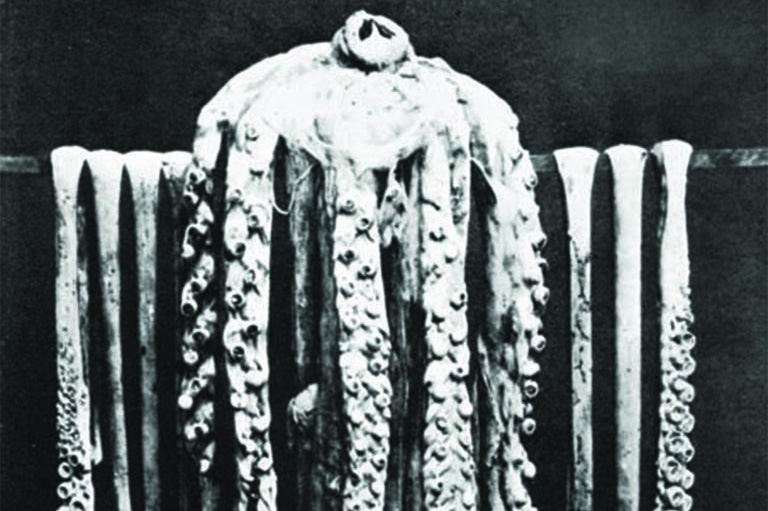Rosy Remedy

Housed in a small pink-and-white box, Dr. Williams’ Pink Pills for Pale People once promised renewed vitality for the weak and weary. Developed in Canada in the late 1800s, this iron-rich tonic was marketed as a cure for everything from anemia to paralysis. The name came from Dr. William Jackson of Brockville, Ont., whose recipe was purchased in the 1870s by George T. Fulford for $100 — under the condition that only the doctor’s first name be used.
By the 1960s, Fulford Dodds Limited of Toronto was still producing the pills — now branded Dr. Williams’ Pink Pills — whose blend of vitamin B₁ and iron was promoted as “a tonic for blood and nerves.” Production ceased in 1970 after nearly a century of sales.
The name reflects a boom in patent medicine, when bold claims filled pharmacy shelves long before rigorous clinical trials were commonplace.
Today, conditions like anemia are treated with regulated prescription-strength supplements, and while drug marketing in Canada is subject to oversight, our screens still flash with promises of renewed energy, clearer skin or slimmer silhouettes. This little box serves as a reminder that health-care marketing and a hopeful appeal to vanity have long been neatly packaged together.
With 7 uniquely curated newsletters to choose from, we have something for everyone.
Themes associated with this article
Advertisement
Save as much as 40% off the cover price! 4 issues per year as low as $29.95. Available in print and digital. Tariff-exempt!




